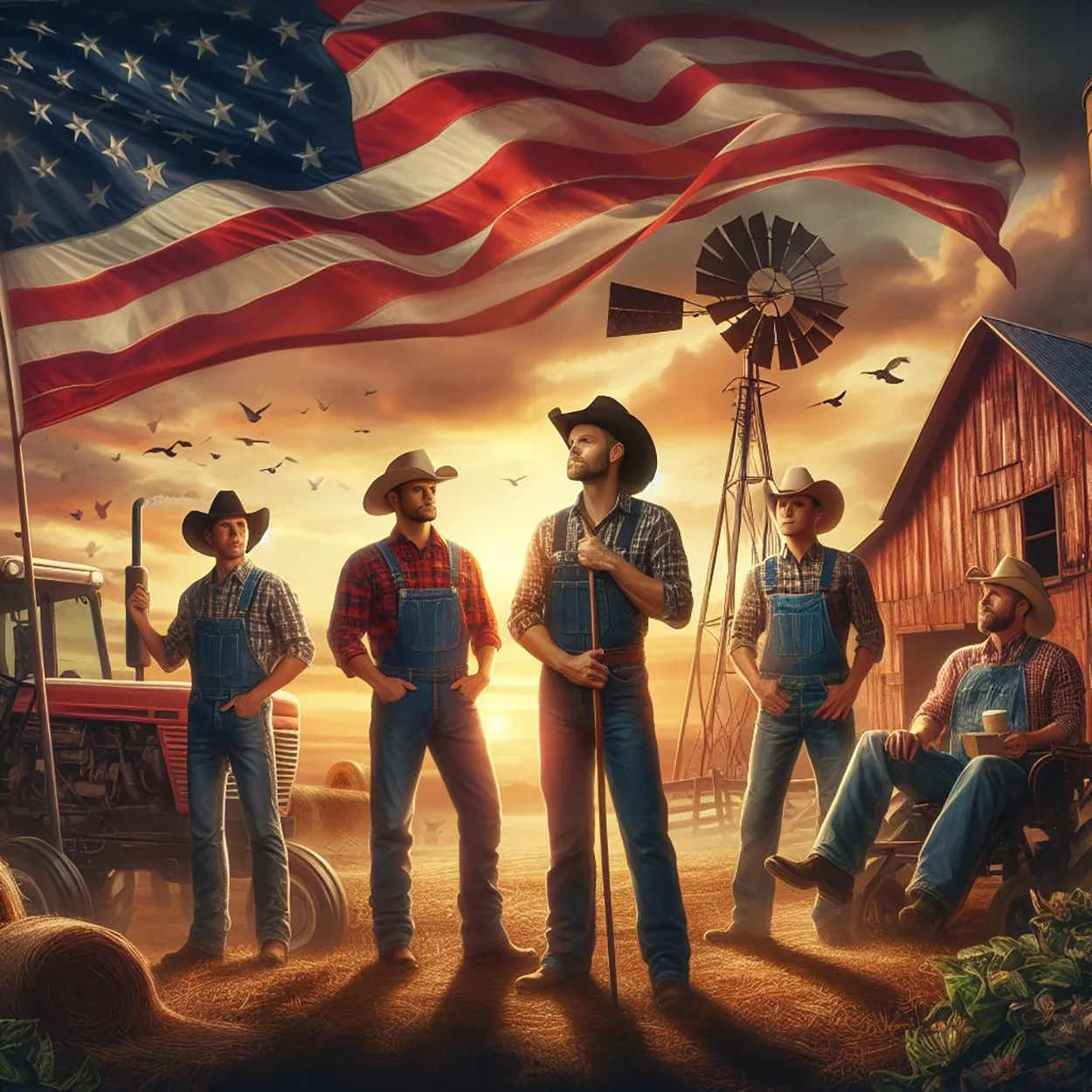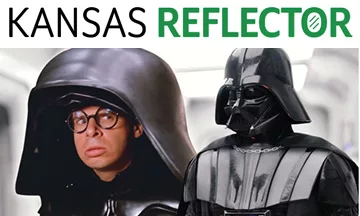We all prefer someone else better off to take care of the burden of government. We know we need government, and we also want to be compassionate to those in need with social safety nets like feeding the poor or providing funds to those who can’t find a job.
The easy answer we hear repeated, and was recently shared by President Joe Biden during his State of the Union speech is, “The top 1 percent need to pay their fair share.”
According to Merriam Webster Dictionary, “fair share” means “a reasonable amount.”
A “reasonable amount” might be considered that whatever percentage of income the wealthy earn, they should shoulder the same burden of government.
For example, if two people are going to buy two Reese’s Peanut Butter Cups, and they will each get one, then 50 percent is the fair share for both of them.
We are told that tax loopholes and other bookkeeping methods prevent the wealthiest Americans from paying their “fair share,” meaning that they would pay less taxes than their percentage of income.
Is that the truth?
According to the Internal Revenue Service, the top 1 percent earn 22 percent of all income.
That’s a lofty number, for sure.
“Fair” would mean that even though they only make up 1 percent of the population, the most wealthy should be paying 22 percent of all taxes, right?
But they don’t.
The top 1 percent pay 42 percent of all taxes.
That’s right, the top 1 percent pay almost half of all federal taxes and almost twice their “fair share.”
That means the other 99 percent of us, even though we earn 78 percent of all income, we only pay 58 percent of all federal taxes because the top 1 percent are paying a disproportionate burden.
Some may say since they earn more, they should pay more.
Fine.
But how much more? They are paying 42 percent of all federal taxes already, twice the rate of their share of income.
It’s always an easy target to go after the deeper pocket because we are falling for the wrong question, which is “Why don’t the top 1 percent pay their fair share?”
The proper question should be, “What is the fair share for the government?”
We all want the services provided by the government. We want an Army, we need an intelligent agency and all of the other agencies that serve the public’s best interest. We all pay for Social Security and expect that program to be available for seniors.
But what is the “fair share” of all earnings that should be spent on government?
We can determine what’s fair by looking at the percentage of government spending to the Gross Domestic Product, which is the total monetary or market value of all the finished goods and services produced by the United States.
It appears the government’s “fair share” is a moving target but always growing, especially during times of national peril, but it never seems to decline other than the occasional return from a spike.
In 1929, prior to the Great Depression, the government’s “fair share” of GDP was 11.2 percent.
That’s a little more than $11 out of every $100 produced in America funded government.
Today, that number has ballooned to 36 percent, or $36 for every $100 produced in America.
In a century, the government’s “fair share” has more than tripled.
Where did that money come from?
A huge percentage came from the top 1 percent, but every taxpayer had to dig deeper to give the government its “fair share” of everything.
A century ago that was barely more than 10 percent and now it’s pushing 40 percent.
Whether the top 1 percent or the rest of us in the 99 percent, we are seeing our production completely devoured by government.
Is it sustainable to see a government continue to grow its expense on the people by more than a third of everything that is produced?
The U.S. population since 1940 has grown from 132 million to 315 million, a growth of 2.36 times.
But the size of government has grown from 699,000 executive branch employees in 1940 to 2.1 million in 2014, a growth of more than 3 times, clearly outpacing population growth by 22 percent more.
Is that the “fair share” for government. Simply put, it means there are fewer private sector employees funding federal government employees, and the rate of pay and government costs have tripled as a percentage of GDP in a century.
What is fair, taxing people more, or asking the government to spend less?
Earl Watt is the owner and publisher of the Leader & Times in Liberal, Kansas. Watt started his career in journalism in 1991 at the Southwest Daily Times. During his career, the newspaper has won a total of 17 Sweepstakes awards from the Kansas Press Association for editorial content and 18 Sweepstakes awards for advertising. Watt has been recognized with more than 70 first place awards for writing in categories from sports and column to best front pages, best sports pages and best opinion pages. Watt is a member of the Sons of the American Revolution and is the descendant of several patriots who fought for America's freedom and independence.





